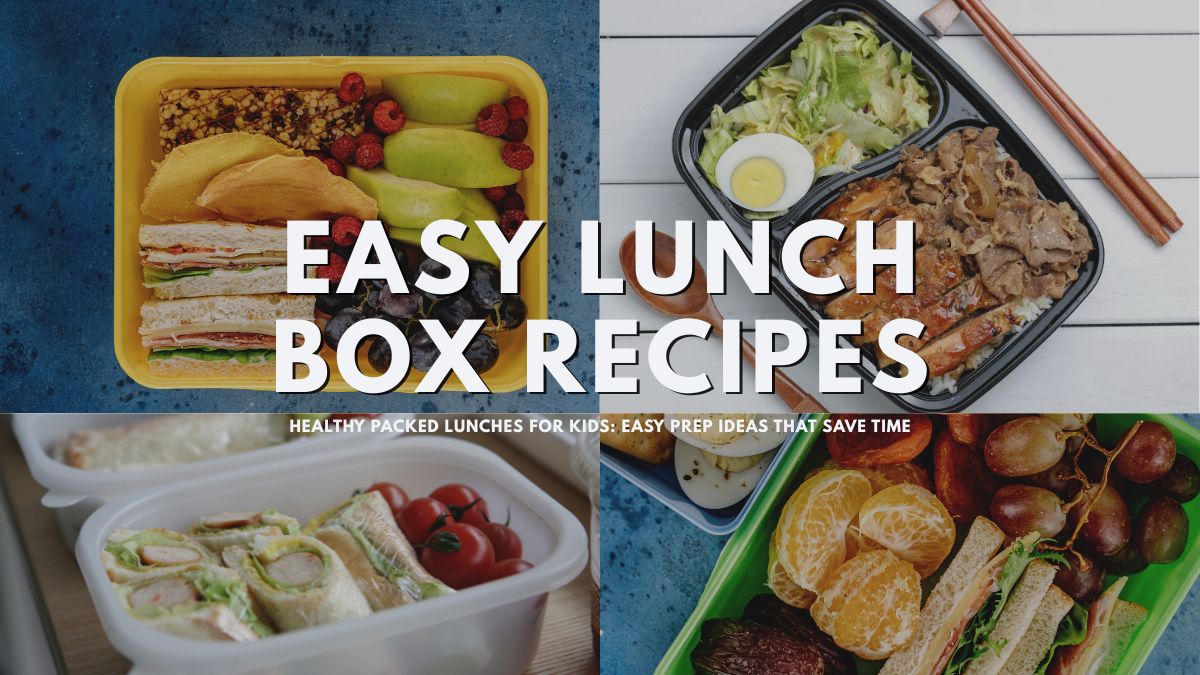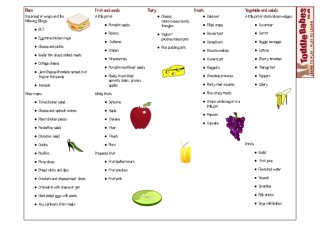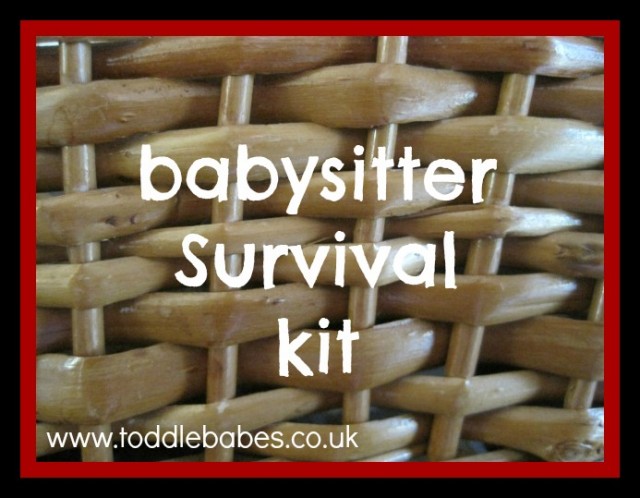
Tips for Moving to a new house with children

Top Tips for a Cleaner Bathroom

Table of Contents
Stress-Free Packed Lunches: How to Get Organised and Keep Kids Happy
Packed lunch ideas for primary school children can quickly become a source of daily stress for busy parents. My three children have consistently preferred packed lunches. They love the variety, the faster mealtime, and the independence it gives them. Over the years, I’ve developed a lunch-packing system that saves time, cuts stress, and keeps everyone well-fed and happy.
Packing school lunches can feel like a relentless daily task—especially when you’re juggling the morning rush, work demands, and children who each have different tastes. For many parents, it’s easier to opt for school dinners. But what do you do if your child just doesn’t like them?
Maybe they find the queues overwhelming. Maybe they’re picky eaters. Maybe they just prefer the familiarity of food from home. All three of my children—yes, even my preschooler who eats at home—prefer packed lunches. And while that could easily become a source of stress, I’ve found one thing that makes it manageable: organisation.
Here’s how I stay sane, make nutritious lunches every day, and avoid morning panic.
Packed lunch ideas for primary school children and why packed lunches work for us
My children like the control and variety that lunchboxes give them. They don’t have to wait in line, they’re not pressured to try food they don’t like, and they can see exactly what’s on offer. But more than that, packed lunches let me:
-
Cater to their specific preferences
-
Control sugar, salt, and processed food levels
-
Offer a balance of food groups
-
Avoid food waste by using leftovers creatively
That said, the only way to keep this working is to get ahead of it.
The Key: A Lunchbox Prep System That Works
Rather than starting from scratch every morning, I’ve created a flexible, reusable lunchbox system inspired by advice from registered nutritionists like Charlotte Stirling-Reed and Catherine Lippe. They recommend offering variety, using familiar foods, and sticking to predictable building blocks. That’s exactly what this method does.
Step 1: Create a Lunchbox Packing Station
I’ve designated a deep kitchen drawer just for lunchbox items. Inside are:
-
Small reusable snack pots filled with decanted dry snacks (pretzels, raisins, crackers, dried apricots, popcorn)
-
Zip bags (if you prefer disposables)
-
Cutlery, napkins, reusable water bottles
-
Spare lunchboxes and cooler packs
In the fridge, I prep and stack:
-
Pre-cut fruit (grapes, melon, strawberries)
-
Veg sticks (carrot, cucumber, peppers)
-
Cheese cubes or Babybel
-
Yoghurts and homemade dips
This means no slicing or repackaging at 7 a.m. Everything is ready to grab and go.
Insulated Children Lunch Box
Bento Box Lunch Box
Step 2: Use a Balanced Food Group Chart
I divide lunch options into 5 categories:
-
Main meal (protein + carbs) – sandwich, wrap, pasta salad, rice and chicken, boiled egg with crackers
-
Fruit – banana, berries, dried mango, orange segments
-
Veg – cucumber sticks, cherry tomatoes, snap peas, beetroot slices
-
Snack/treat – flapjack, cake bar, oat biscuit, mini muffin
-
Dairy/dairy alt. – cheese, yoghurt tube, plant-based yoghurt pouch
I pick one from each group. If the main already includes dairy (e.g. cheese sandwich), I skip the extra dairy. This keeps things balanced without overload.
Nutritionist-Approved Packed Lunch Tips
Here are some ideas inspired by children’s nutrition experts:
1. Think in Portions, Not Perfection
Charlotte Stirling-Reed recommends thinking in child-friendly portion sizes:
-
½ banana or 4 grapes = 1 fruit serving
-
1 tbsp houmous + a handful of carrot sticks = balanced veg & protein
-
A matchbox-sized piece of cheese = a serving of dairy
You don’t need to pack a full adult meal. Keep it small and achievable.
2. Use Colour as a Cue
Nutritionist Catherine Lippe suggests aiming for “a rainbow” to ensure nutritional diversity. Reds (tomatoes, strawberries), greens (peas, cucumber), orange (carrots, peppers), etc.
Make it a game—ask your child what colours they had in their lunch that day.
3. Repeat Favourite Combos
Children thrive on predictability. Once you know what works, it’s okay to rotate a handful of favourite lunches. For example:
-
Combo 1: Tuna mayo sandwich + cucumber sticks + apple slices + cheese cube + oat bar
-
Combo 2: Boiled egg + rice cakes + grapes + cherry tomatoes + flapjack
-
Combo 3: Chicken wrap + carrot sticks + yoghurt pouch + dried apricots + banana bread
You don’t need a new idea every day—just a system that works.
Snack Drawer = Sanity Saver
Even during school holidays, I keep our snack drawer and fridge pots topped up. That way, when we’re heading out or the kids are “starving” between meals, I can just grab a few pots per child and go.
It encourages independent snacking too. They know they can help themselves to one fruit, one veg, and one “dry snack” without asking.
How to Use the Free Printable Lunch Planner
To make this even easier, I’ve created a printable lunchbox planner you can keep on your fridge.
Here’s how to use it:
-
Choose your main
(Sandwich, pasta, leftovers, etc.) -
Pick one item from each category
(Fruit, veg, snack, dairy) -
Cross off what you’ve used so you avoid repeats or overpacking
Tip: Let your child help choose their lunch using the chart. It gives them ownership, reduces waste, and makes them more likely to eat it.

Final Thoughts: Packed Lunches Don’t Have to Be a Headache
The truth is: packed lunches can be easier than you think—if you plan ahead. With a prep system, a drawer of grab-and-go snacks, and a simple printable to guide you, you can take the stress out of the daily lunchbox grind.
Remember: You don’t need perfect meals, just balanced, realistic ones.
Want the Printable Lunchbox Planner?
Download your free copy here: Quick & Healthy Lunchbox Ideas (1)

I am a preschool and primary school teacher and mum to 3 children. I have been involved in education since 1997 and have trained in a variety of educational specialist areas. It is with this expertise that I write articles to help parents and educators provide quality learning experiences for the children in their care.




